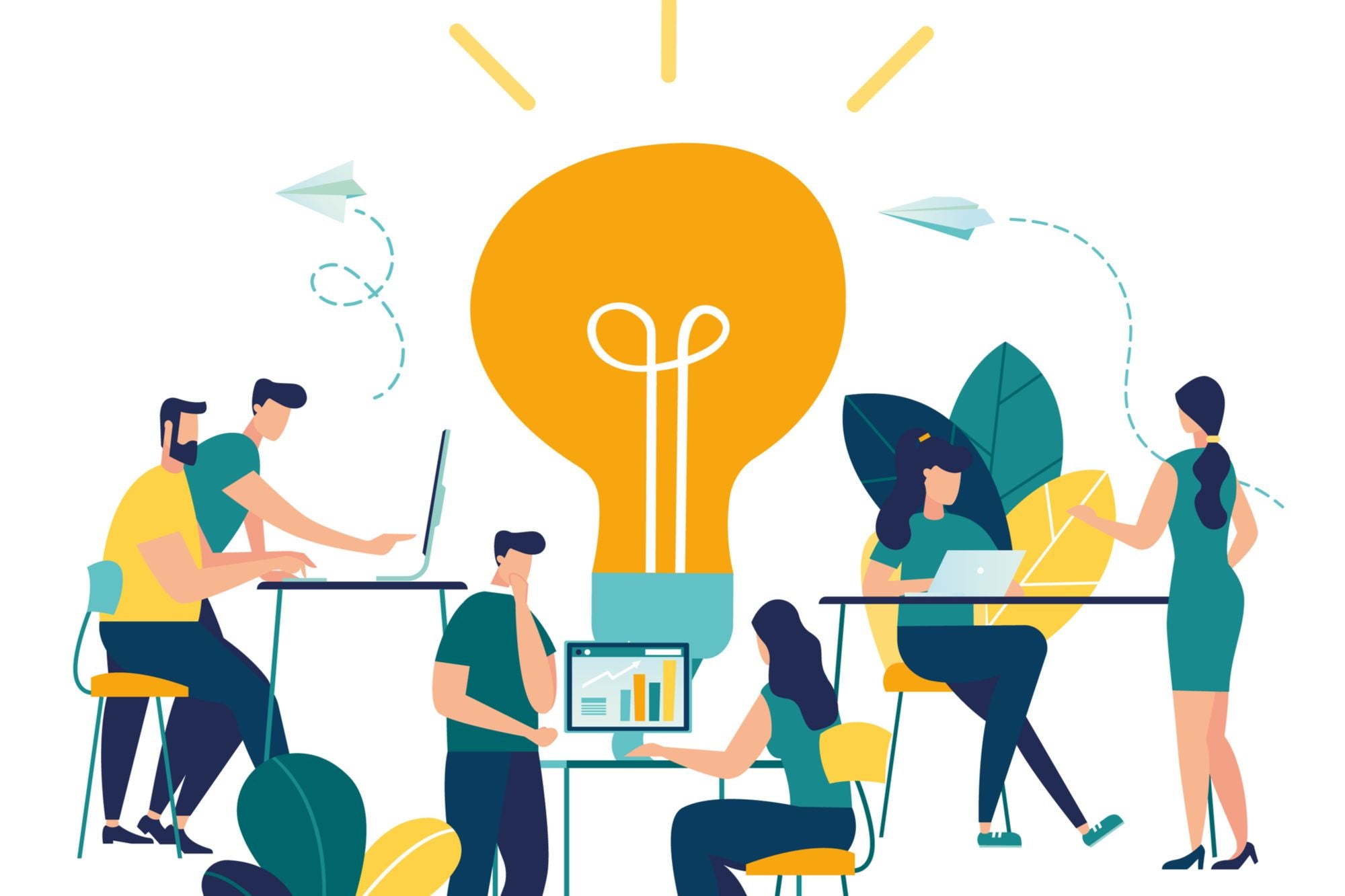Impact Of COVID-19 On the Future Of Edtech Technology needs to play a role to ensure continuity in learning.
Opinions expressed by Entrepreneur contributors are their own.
You're reading Entrepreneur India, an international franchise of Entrepreneur Media.

Education technology, or edtech, has been around for at least the last 15-20 years in a meaningful way. It has evolved during this period. We can divide this journey in three broad phases.
The first phase comprised learning videos wherein edtech mainly supplemented offline learning with more engaging multimedia content.
In the second phase, over the last 5-10 years, edtech has started to offer full learning experience with much greater interactivity. At Simplilearn, for example, our approach is to look at our product as a "Classroom in the Cloud'. Our learning methodology typically covers a structured e-learning curriculum, interactive live classes, online labs, project work, and finally online assessments. Technology has scaled to a level where all of this happens seamlessly online and delivers a great learning experience and great outcomes.
Now, we're seeing phase three, which will continue to evolve over the next 5-10 years. This phase is about the use of technology to highly personalize the learning experience, try new approaches, and to scale education in unimaginable ways.
Let's take adaptive learning as an example. One of the biggest drawbacks of traditional education is that the pace of the class is determined by the median student. Therefore, some people get left behind while some others are bored as they are ahead of the curve. Technology can customize the pace of learning for each student. With improvements in artificial intelligence (AI), this will get even better over time. Another example is interactive classes that use visual recognition and AI to determine student engagement levels. The right tools can help the teacher decide which students to focus on to bring them back into the flow. This third phase is where edtech in the true sense will go into areas where traditional education cannot.
The Impact of COVID-19
The COVID-19 pandemic is an unprecedented calamity for the world and we are completely unprepared. The impact on offline education is very high. Education in most cases does not qualify as an "essential activity'. Therefore, it is unlikely that offline schools, colleges, universities, and training institutions will start before there is a cure or vaccine found for this highly contagious virus. Clearly, technology needs to play a role here to ensure continuity in learning.
In the professional world too, up-skilling is extremely critical for professionals to future-proof their careers in the current scenario. In the imminent economic downturn, companies will cut non-core jobs. There are only two ways any professional can future proof her career—be more qualified than the peer group and/or be skilled in areas that are likely to see continued growth.
To be more qualified than one's peer group, it always helps to pick up relevant skills useful in your profession, whether through industry certifications or otherwise. When it comes to finding the growth sectors, which would be unaffected during this phase, there are some clear signs.
All of us see digital businesses growing even faster—whether it is e-commerce or online content consumption or online education or any number of other businesses. This also translates into the demand for digitally skilled professionals who can continue to power the growth in these businesses. The volume of data created globally every month grew by 38 per cent post lockdown as per Comscore. Obviously, there will be a need for qualified data scientists to make sense of this data. All companies are investing in their cloud infrastructure as entire companies are working from home now. Again, this will translate into the need for cloud administrators, architects and so on. As people WFH, cybersecurity is a major investment area for everyone. In line with these trends, one great way for professionals to future proof their careers is by acquiring skills in areas such as data, cloud, cybersecurity; and many other such areas of the digital economy.
In turn, there is a huge need and demand for such upskilling programmes. Edtech learning programmes are very well equipped to help learners achieve their objectives of mastering these skills and get job-ready for roles which will continue to be in-demand through these tough times.
One trend that we are seeing during the COVID situation is the growing partnerships between traditional education players and edtech companies.
The Post-Crisis Scenario
The evolution of edtech is similar to any other industry transition. Technology initially supplements the ongoing way of working; followed by reaching the level of replacing the ongoing way of working with a more cost-efficient way and lastly by improving upon the way of working to reach a totally different level of experience, that would otherwise have been impossible without the technology.
An interesting parallel would be the movie halls. You still have movie halls, but the share of entertainment you consume in movie halls keeps shrinking every year. Mass consumption of entertainment happens on millions of smaller screens at people's homes. Each person consumes entertainment personalized for her taste and at her convenience. COVID-19 will accelerate this change and post COVID-19 people will be more comfortable than ever before watching movies and entertainment of all kinds on their mobiles, laptops or Televisions.
I see a similar future for edtech too. The adoption of learning online through the use of technology will accelerate like never before. There will be offline universities and colleges; however from a purely market-share perspective, the amount of education content that will be consumed through the use of edtech will be many times the learning that will happen on campus. Offline universities and colleges will also transition to launching their online programs, delivered in partnership with edtech companies who will help them power their learning delivery.
The COVID-19 pandemic will accelerate this change, by doing what otherwise would have taken a decade or more, in a matter of a year or two.










